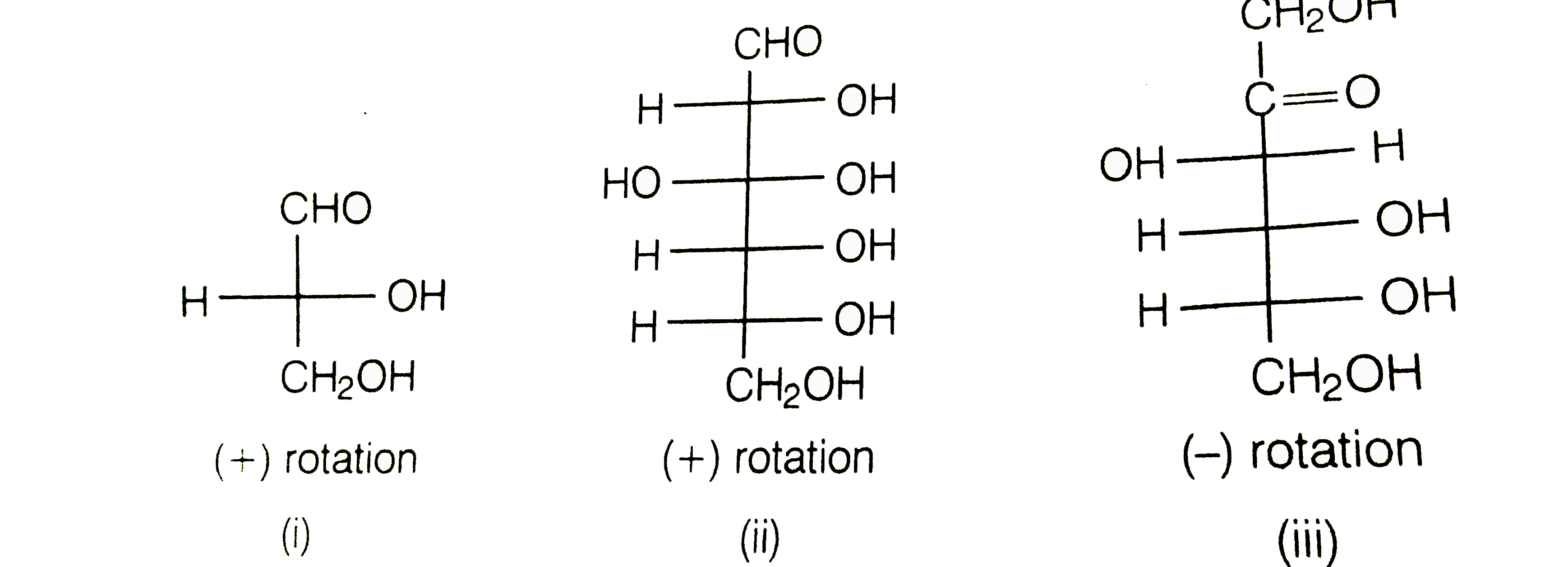Some characters/structures are given below. How many of them are found in both bryophyta and pteridopyta?
(A) Archegonium
(B) Protonema
(C) Embryo
(D) Ovule
(E) Vascular tissue
(F) Antheridium
Two
Three
Four
Five
The correct Answer is:B
To solve the question of how many characters/structures are found in both Bryophyta and Pteridophyta, we will analyze each character provided in the question:
1. Archegonium: This is the female reproductive organ where the female gametophyte develops. Archegonia are present in both Bryophyta (mosses and liverworts) and Pteridophyta (ferns).
- Conclusion: Present in both.
2. Protonema: This is a stage in the life cycle of mosses (Bryophyta) that develops from spores. It is a branched, thread-like structure. However, protonema is not found in Pteridophyta.
- Conclusion: Not present in Pteridophyta.
3. Embryo: Both Bryophyta and Pteridophyta develop embryos. In Bryophyta, the embryo develops from the fertilized egg, and in Pteridophyta, it also develops from the fertilized egg of the gametophyte.
- Conclusion: Present in both.
4. Ovule: Ovules are structures that develop into seeds after fertilization. Bryophyta and Pteridophyta do not produce seeds; they reproduce via spores. Therefore, ovules are not present in either group.
- Conclusion: Not present in either.
5. Vascular Tissue: Vascular tissues (xylem and phloem) are present in Pteridophyta, which are vascular plants. Bryophyta, on the other hand, do not have true vascular tissues.
- Conclusion: Not present in Bryophyta.
6. Antheridium: This is the male reproductive organ where male gametes are produced. Antheridia are found in both Bryophyta and Pteridophyta.
- Conclusion: Present in both.
Now, let's summarize the findings:
- Present in both Bryophyta and Pteridophyta: Archegonium, Embryo, Antheridium.
- Not present in both: Protonema, Ovule, Vascular Tissue.
Final Count: 3 characters are found in both Bryophyta and Pteridophyta.
- Conclusion: Present in both.
- Conclusion: Not present in Pteridophyta.
- Conclusion: Present in both.
- Conclusion: Not present in either.
- Conclusion: Not present in Bryophyta.
- Conclusion: Present in both.
- Present in both Bryophyta and Pteridophyta: Archegonium, Embryo, Antheridium.
- Not present in both: Protonema, Ovule, Vascular Tissue.
Topper's Solved these Questions
- BIOLOGY AT A GLANCEBOOK - ALLENCHAPTER - BIOLOGY AT A GLANCEEXERCISE - Morphology
24 Videos
- BIOLOGY AT A GLANCEBOOK - ALLENCHAPTER - BIOLOGY AT A GLANCEEXERCISE - Anatomy of flowering plant
38 Videos
- BIODIVERSITY AND CONSERVATIONBOOK - ALLENCHAPTER - BIODIVERSITY AND CONSERVATIONEXERCISE - S
18 Videos
- BIOLOGY AT A GLANCE (ZOOLOGY )BOOK - ALLENCHAPTER - BIOLOGY AT A GLANCE (ZOOLOGY )EXERCISE - EXERCISE
207 Videos
Similar Questions
Some characters are given below. Which of them are true for the cyanobacteria?
a) Oxygenic photosynthesis b) Non-oxygenic chemotrophism
c) Oxygenic chemotrophism
d) Ability of N2 fixation.
View SolutionSome structures are given below. How many of them are modifications of stem? Rhizome of turmeric, Bulb of onion, insectivorous pitcher of Nepenthes, Potato tubers, tubers of sweet potato, Tendrils of Pisum sativum,
View SolutionHow many type of gametes are found in F1 progeny of cross between AABBCC and aabbcc?
(a) 3
(b) 8
(c) 27
(d) 64
View SolutionSome characters are given below, which of the following is correct about seeds of maize?
(A) Seed coat is membranous and generally fused with fruit wall. (B) The outer covering of endosperm separates embryo by aleurone layer.
(C) The plumule and radicle are not covered with coleoptile and coleorhiza respectively.
(D) Embryo consists of two large shield shaped cotyledous known as scutelum.
View SolutionAmong the following elements how many of them are inner transition elements ?
(a) Sg , (b) Bk, (c ) Er , (d) Fm
(e) Fe , (f) Pb , (g) Cr , (h) Ca
(i) Ar , (j) Zr , (k) Ce
View SolutionSome examples are given below how many of them have both following characters?
(1) Axile placentation
(2) Adhesion of stamen
Salvia, Mustard, China rose, Citrus, Dianthus, Argemone, Tomato, Potato, Petunia, Gloriosa, Aloe, Sesbania, Trifolium.
View SolutionSome statements are given below :-
(a) In gymnosperms the male and the female gametophytes do not have an independent free-living existence
(b) In Cycas foliage leaves are pinnately compound
(c) The stems are branched in Pinus and Cedrus
(d) In Pinus, male cones and female cones are borne on different trees. Out of them, which statements are correct ?
View SolutionOptical rotations of some compounds alongwith their structures are given below which of them have D configuration.

(a)I,II,III
(b)II,III
(c)I,II
(d)III
View SolutionIdentify a, b, c, d, e and f in the table given below :

View SolutionIdentify a, b, c, d, e and f in the table given below :

View Solution
